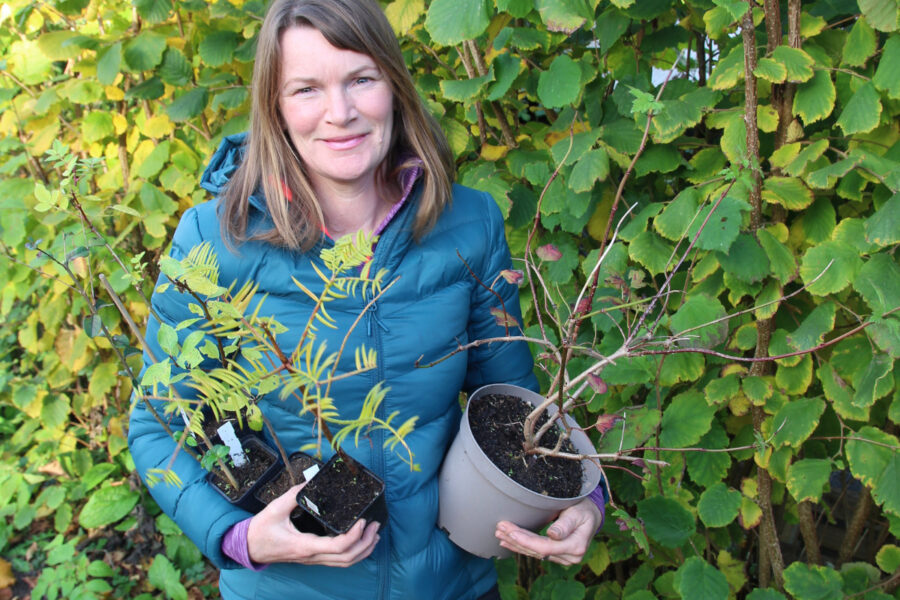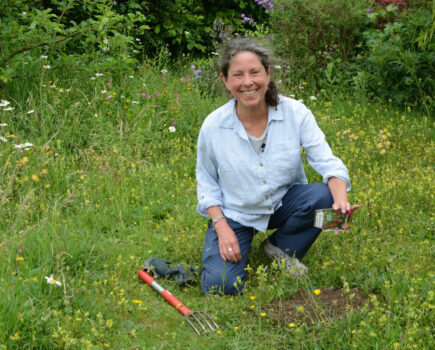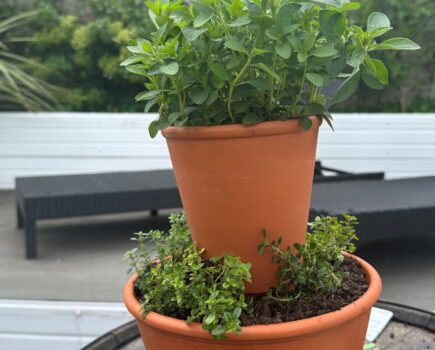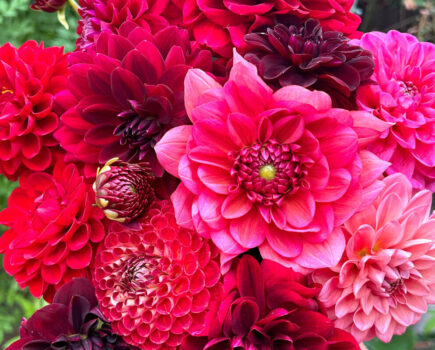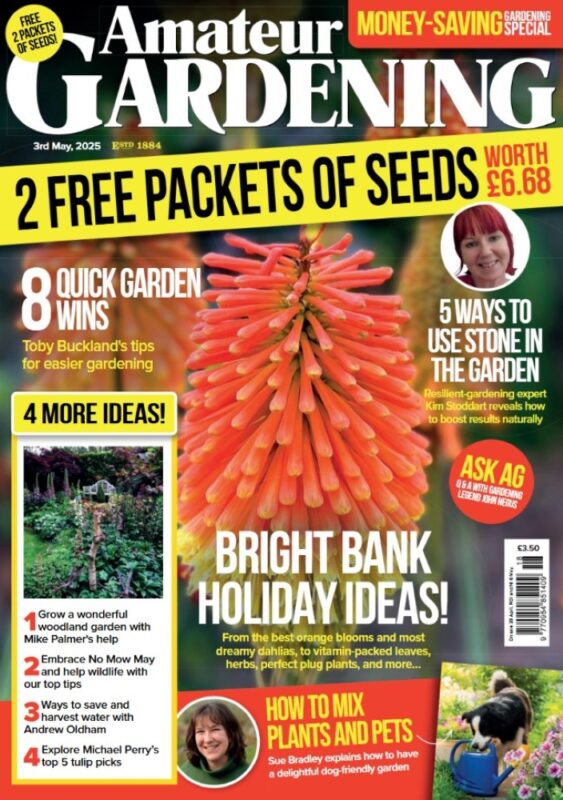Lucy explains how to make the most of the next few weeks
Plan and plant a forest garden
Do you feel that throwing all manner of fertilisers onto your soil is not for you? Or does the idea of going back to a hunter, gatherer lifestyle capture your imagination? Perhaps you like the idea of not having to rake all those leaves up every autumn. Whatever has led you to look at forest gardening as a way of producing food, you’ll find yourself in ever-increasing company. So, with this method of growing edibles gaining momentum, let’s look at the practicalities of setting one up.
Now, while plants are dormant, is a great time to plant up a forest garden, and there are plenty of nurseries offering a great range of plants (www.jurassicplants.co.uk and www.agroforestry.co.uk are two of my favourites). If you already own mature trees that produce edible fruits, nuts or berries then incorporate your forest garden amongst them to save time (this cobnut screen is perfect for me – cherries, mulberries, damsons and crab apples are also excellent starter trees). Look to plant smaller trees and bushes alongside these larger ones, and add climbers such as honeyberries, mashua, wineberries and hardy kiwis, too, to add multiple ‘canopies’ (essentially layers of height). Currants, raspberries and blackberries offer ‘conventional’ fruits, but look also to bilberries, chokeberries, Japanese yew plums and other unusual edibles to boost your plot’s diversity. The wider the range of species you plant in your forest garden, the greater the harvest opportunities and the more species of wildlife you’ll encourage.
Also think about edibles that can colonise the ground (essentially, your forest floor). Often termed the herbaceous layer and/or rhizosphere, here plants such as groundcover raspberries, bulbous nettle, sorrel, Chilean guava, patience dock, horseradish, heartsease and alpine strawberries will thrive. These are essential for knitting together the whole root network and soil layer of your ‘forest’, to encourage a gentle, closed-loop system of fungi, bacteria, plants, nutrients – and, of course, food for you to forage on whilst bathed in beautiful dappled shade – bliss!
………………
Using additional lighting during winter
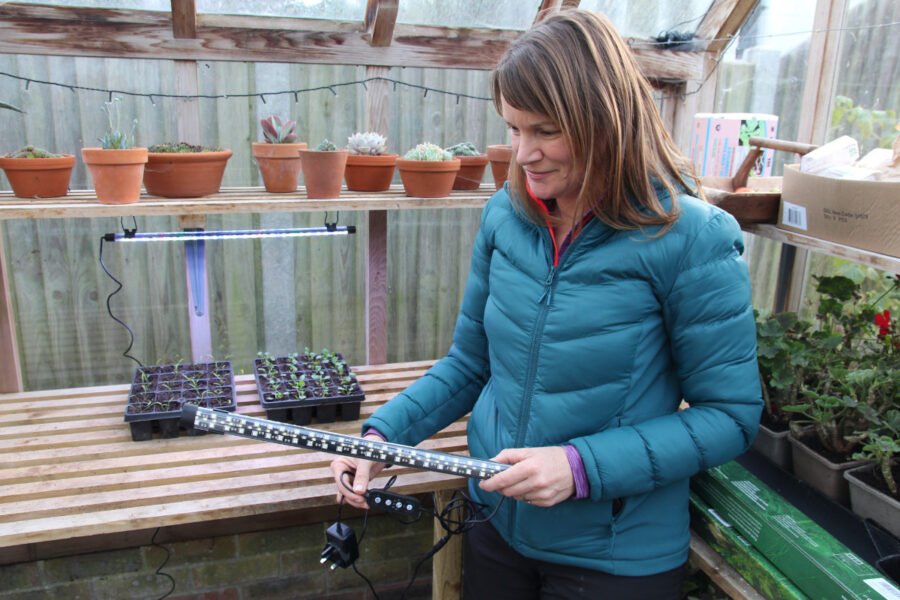
Just because it is winter, should we stop growing food? No! I want to grow edibles indoors and in my greenhouse, away from the chills of the season. Here, with warmth, the only limiting factors to plant growth are day length and light intensity. These days, it’s becoming far simpler to counteract lack of light by using kits. I ordered these two units, which are waterproof, from an online aquarium supplier. They’re LED lighting systems, and you simply hang them over your chosen crops (here, land cress and winter purslane) to boost light levels. LED lights are cheap, energy efficient and give off little heat. I can run these to give the full spectrum of light, or I can use just blue light to boost leafy growth (or red light to boost blooms of flowering edibles). Adjusting their height allows me to tweak the light intensity that the crops receive, and timers let me regulate the hours of exposure.
………………..
Understand your soil’s pH:
We’re more inclined to work with our soil pH these days, rather than attempt to adjust it using materials such as lime or sulphur. By understanding how acid or alkaline our plot is, via a pH test, we can choose edibles that will naturally thrive in our locality simply by checking their pH preferences. Here’s how:
Step 1
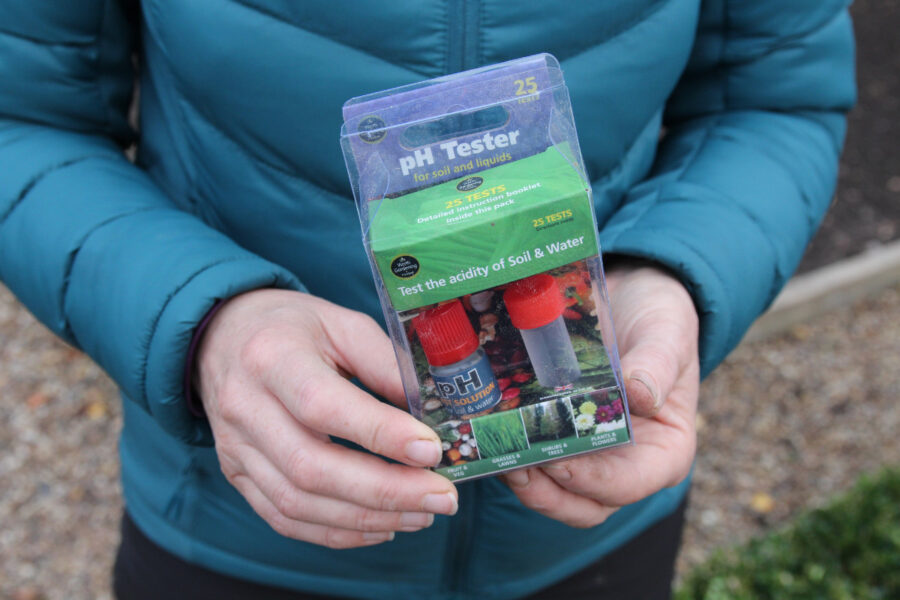
Buy yourself a pH testing kit – they’re readily available at garden centres and via online retailers. Read the instructions carefully as kit methods vary. This one came with a chart, telling me the preferred pH of many plants (planting a crop in soil with a disliked pH results in nutrient deficiency and poor growth).
Step 2
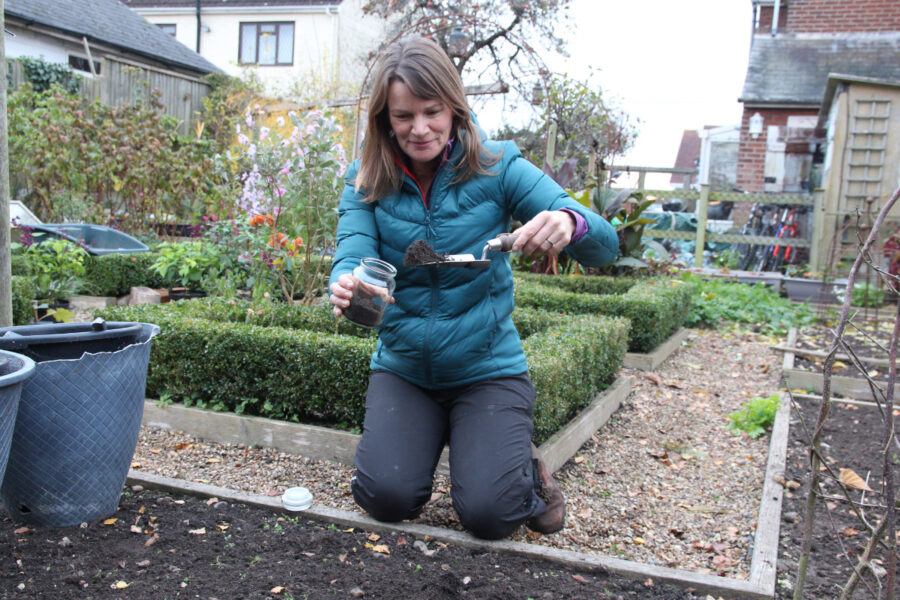
Take your soil’s pH test – this one required me to make a soil solution, then to mix that solution with various compounds which then provides a pH colour indicator. You can test a single area of your plot, but it’s more accurate to analyse soil in more than one spot, to give an overall representation of your whole garden.
Step 3
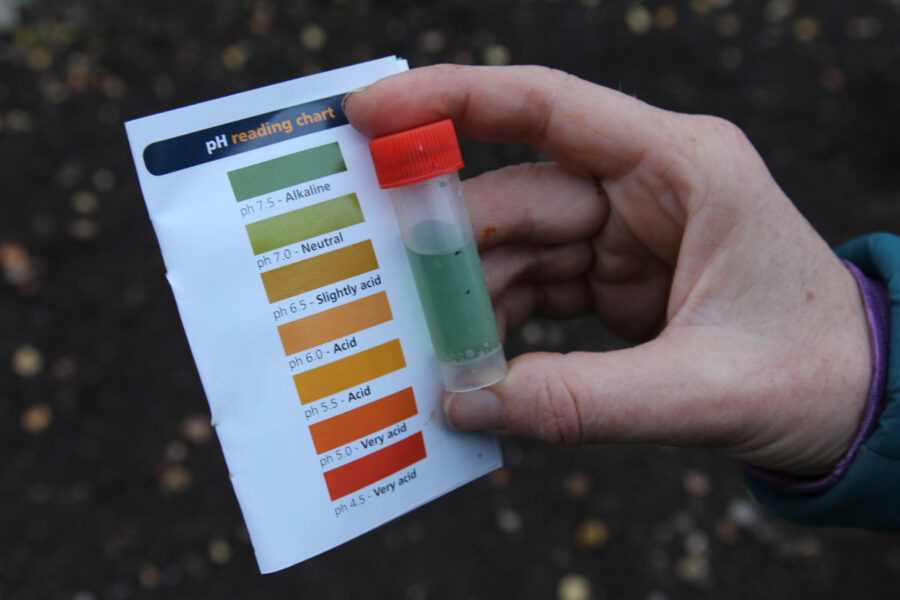
Once the test solution is ready, measure its pH level against a pH chart (I can see from these results that my soil is alkaline). This tells me that crops such as cabbage and broccoli will be less likely to struggle with clubroot disease on my soil, but rhubarb, potatoes and blueberries would need extra nutritional support.
……………………
Top Tip – Gather peasticks for supports
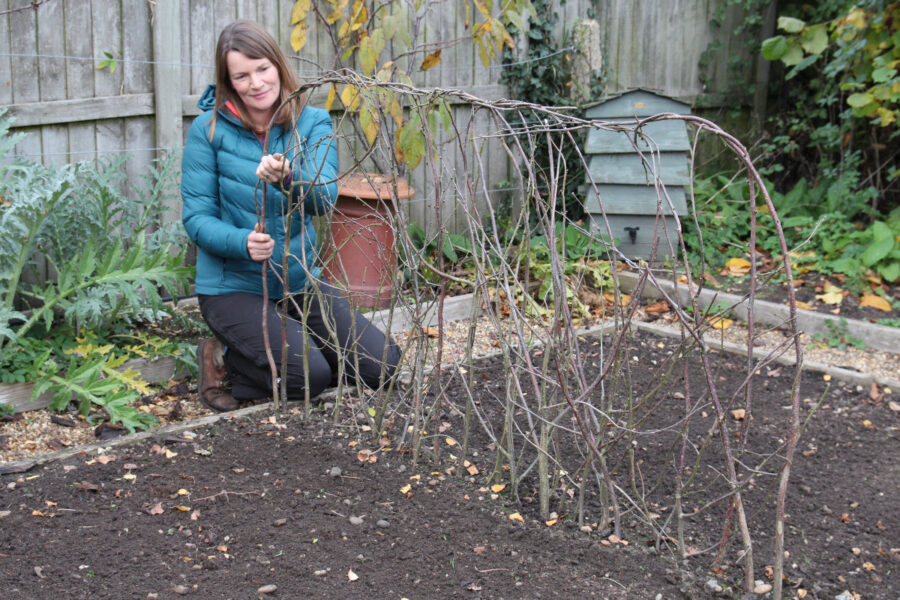
Are you tackling any winter pruning at the moment? Saving and repurposing whippy stems and stout poles will arm you well come pea and bean planting time. I’m lucky enough to have some hazel trees in my garden (birch, willow and dogwood all work very well, too) and each December I grab my pruning saw and loppers, ready to cut back and thin out the trees, as soon as their leaves have fallen. The act of pruning is really useful in itself, because it encourages the plants to put on yet more new growth, which is perfect for future years’ harvests. This younger growth is often more flexible than older stems, so you can weave it into intricate shapes (like my pea support, here). Old stems, on the other hand, snap when you try to bend them. So, get those loppers at the ready and snip away!
………………………….
Why not try – Luffa
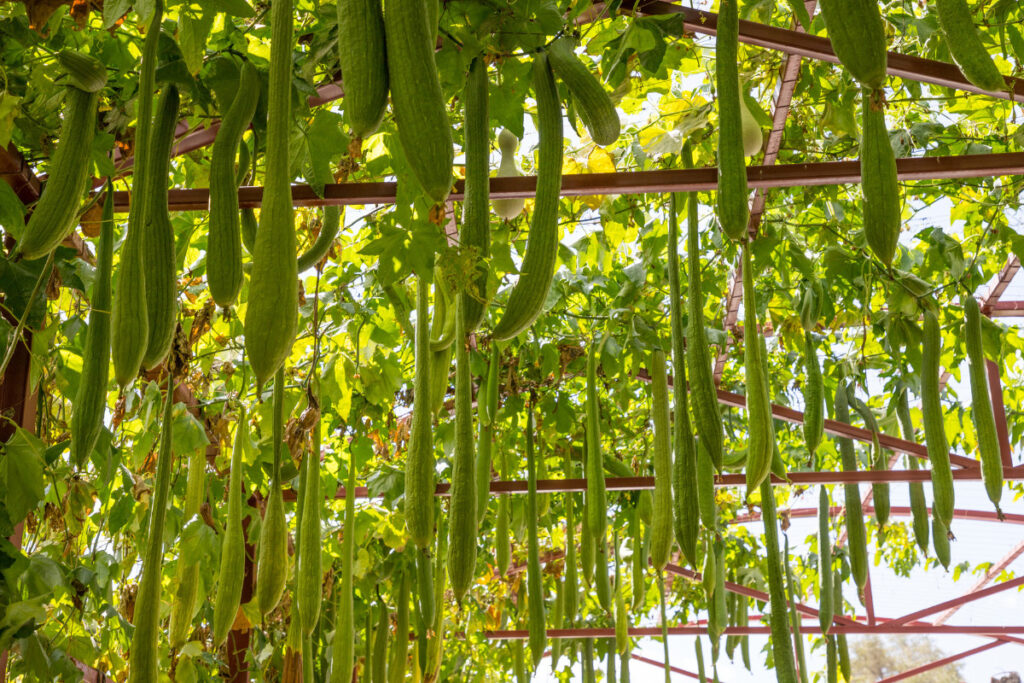
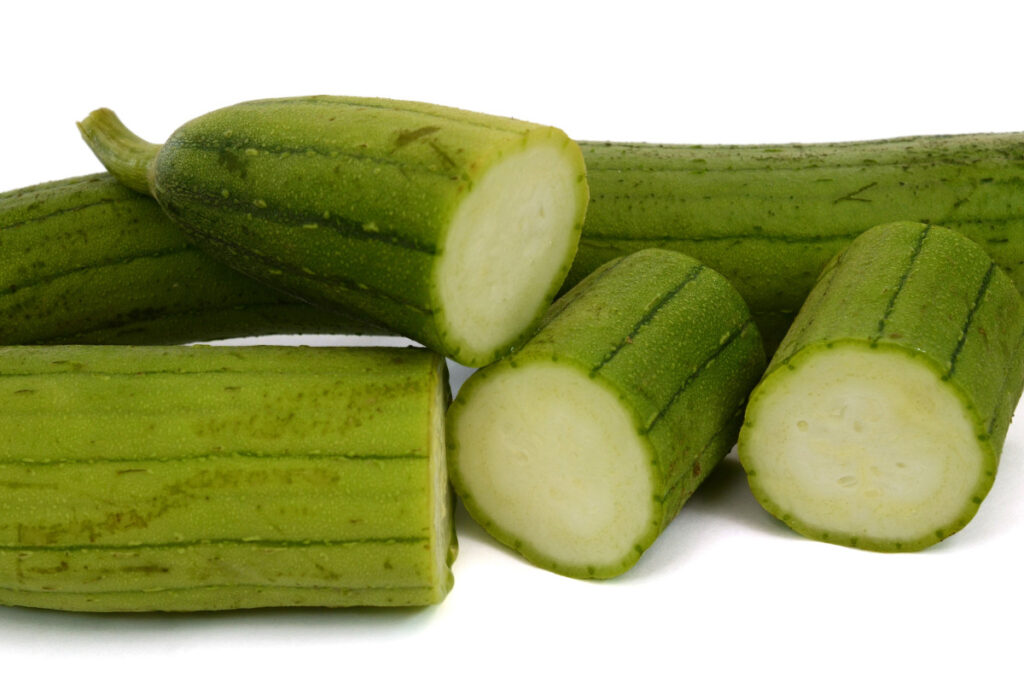
Many of us became more familiar with luffas when plastic scouring sponges were highlighted for releasing microplastics into the environment. Gardeners now grow luffas as natural household sponges, but have you ever tried eating them? You do this well before the fruit has grown to sponge size (at this point it is very fibrous and bitter, so would make unpleasant eating). Harvest the fruits instead when they’re the thickness of a courgette – they taste sweet and soft, especially when super-fresh. The vigorous vines (botanically, Luffa aegyptiaca) enjoy a good amount of warmth to do well, so order seeds now then earmark a sunny, sheltered spot (under cover is ideal). Treat like any other squash, sowing in April to plant out in June, then water and feed generously.
…………………………
Five quick jobs
- Did you plant some second-cropping spuds? These give delicious ‘new’ potatoes at a time when they’re otherwise scarce in the garden. For those wanting a change from roast tatties for their festive lunch, they’re a boon. Unearth yours now – then pop a pan of minted water on the stove.
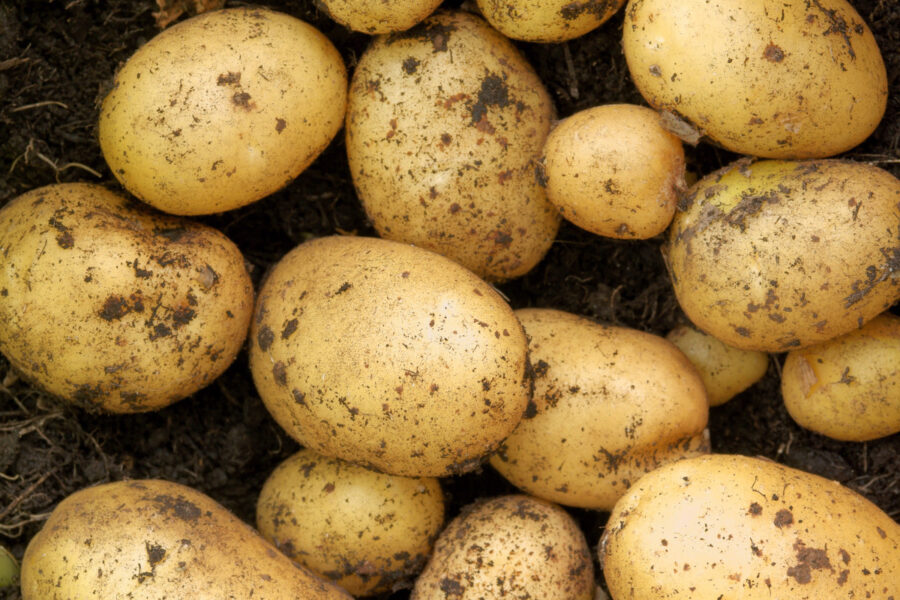
- The end of the year is often a time for reflection, so apply this mindset to your plot. Did some cropping plans work better than others? Did you grow far too many salads, get your spacing wrong with cabbages, or run shy of strawberries? Make adjustments now to enjoy 2025 to its fullest.
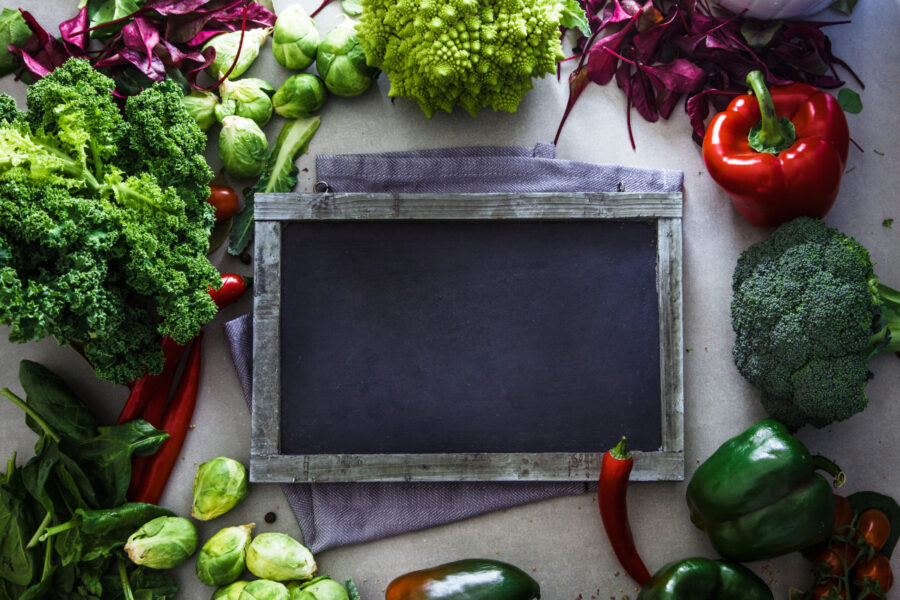
- The ultimate in winter grow-your-own decadence is to harvest home-grown lemons and limes for festive cocktails, desserts and dressings. Fruits often mature in winter, alongside blooms on plants, too. The sweet floral scent is delicious – as will be your limoncello, key lime pie and lemon meringue pudding!
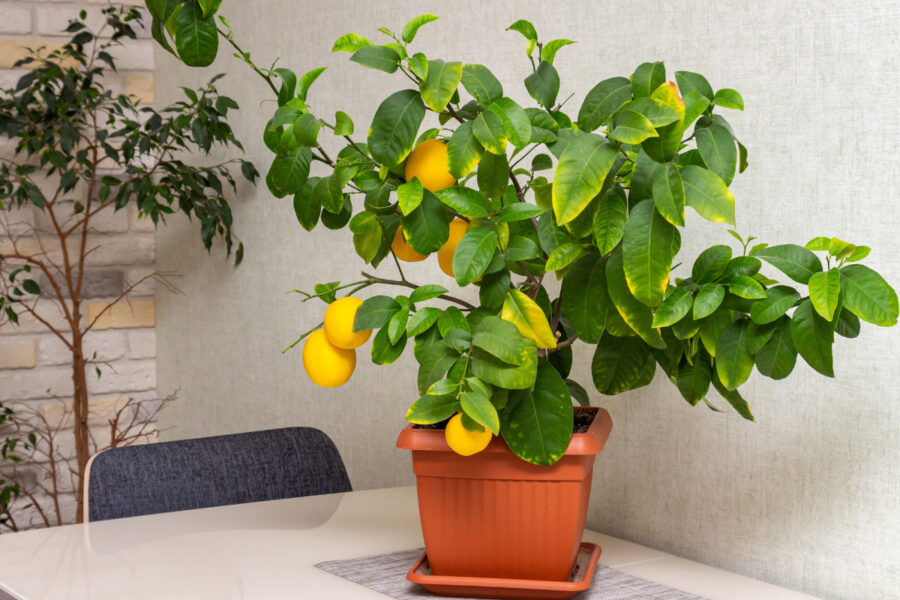
- Work up a sweat on chilly days, and burn some calories to offset seasonal excesses, by turning your compost heap. Grab a fork to transfer all material temporarily onto a sheet, mix it thoroughly then return it to the heap. This ensures thorough and even decomposition, for premium quality compost. Just be careful to make sure there are no overwintering creatures within first.
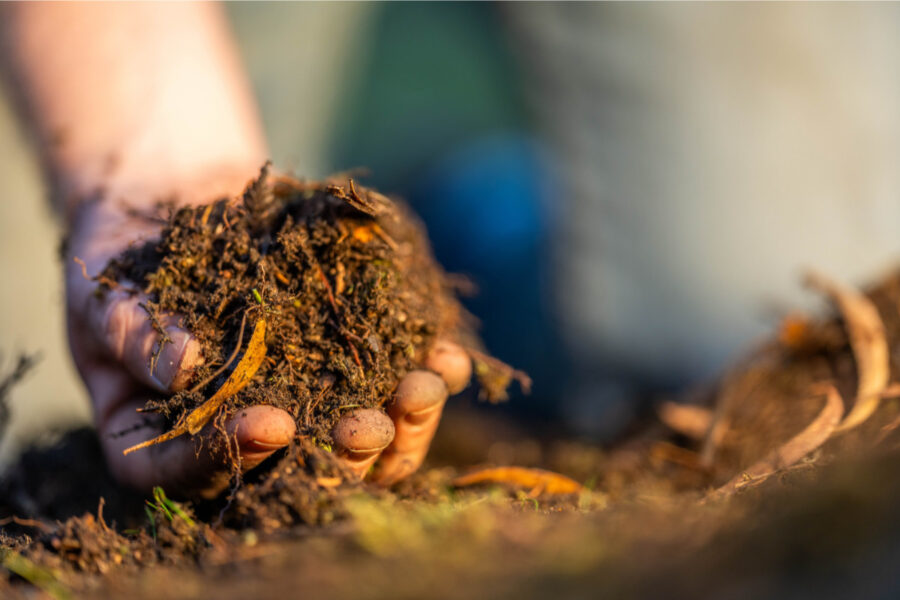
- If harsh frost is forecast locally for Christmas day, harvest parsnips, carrots, leeks, Brussels sprouts and other dinnertime veg now, to save you having to do so when the plants (and ground!) are frozen solid. It would be a travesty to forgo any because the soil wouldn’t release them.
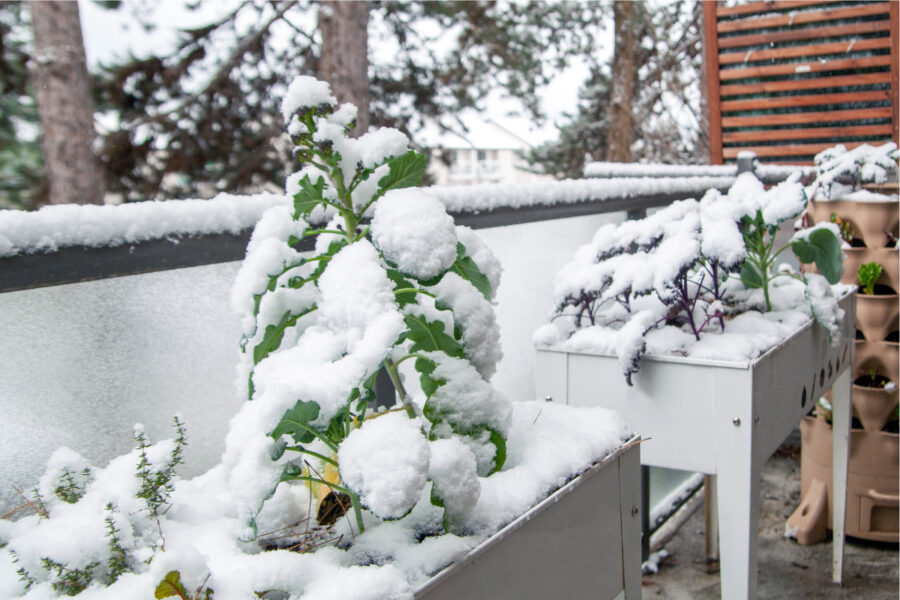
Find more tips, advice and articles like this at the Amateur Gardening website. Subscribe to Amateur Gardening magazine now

